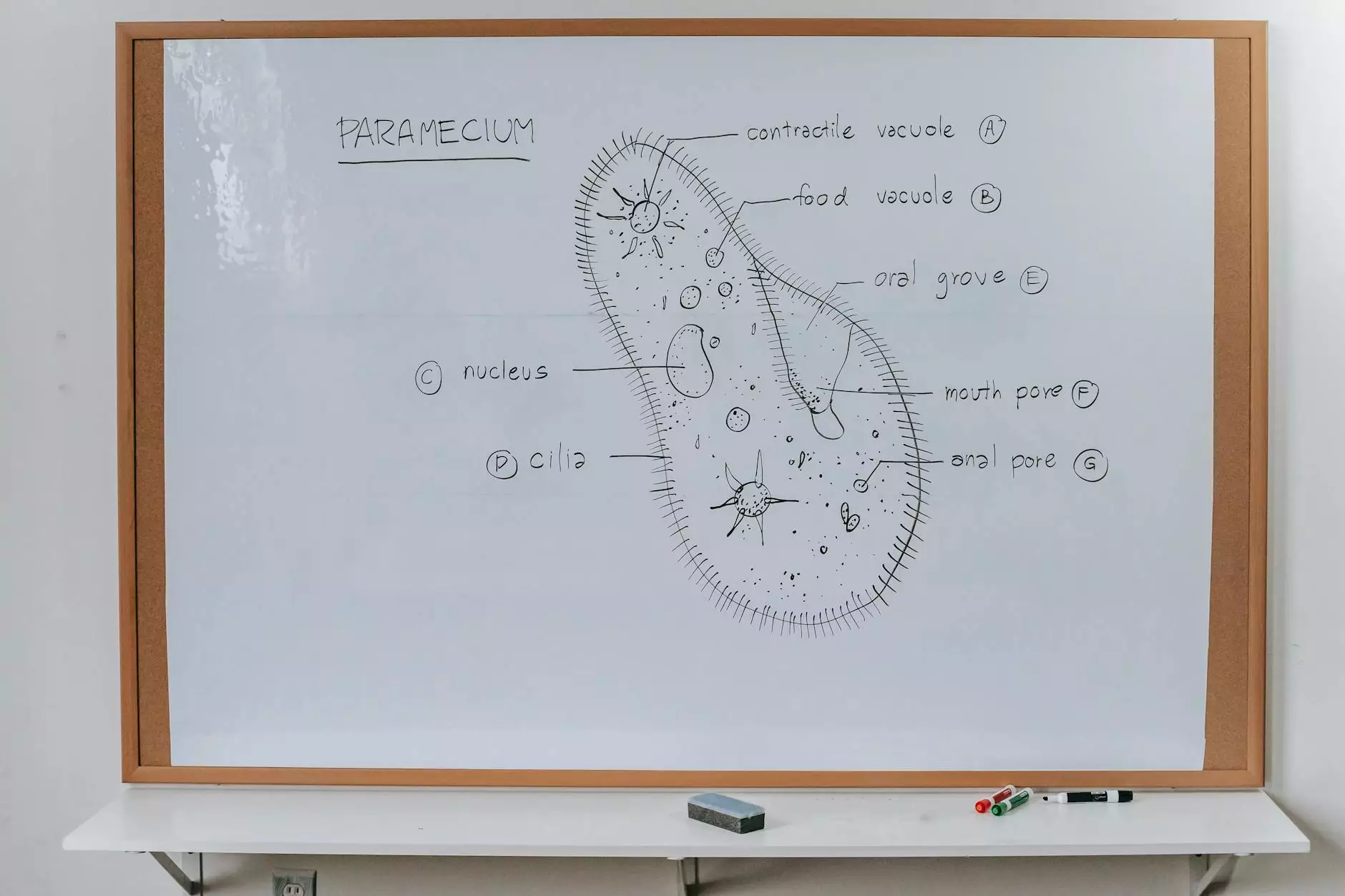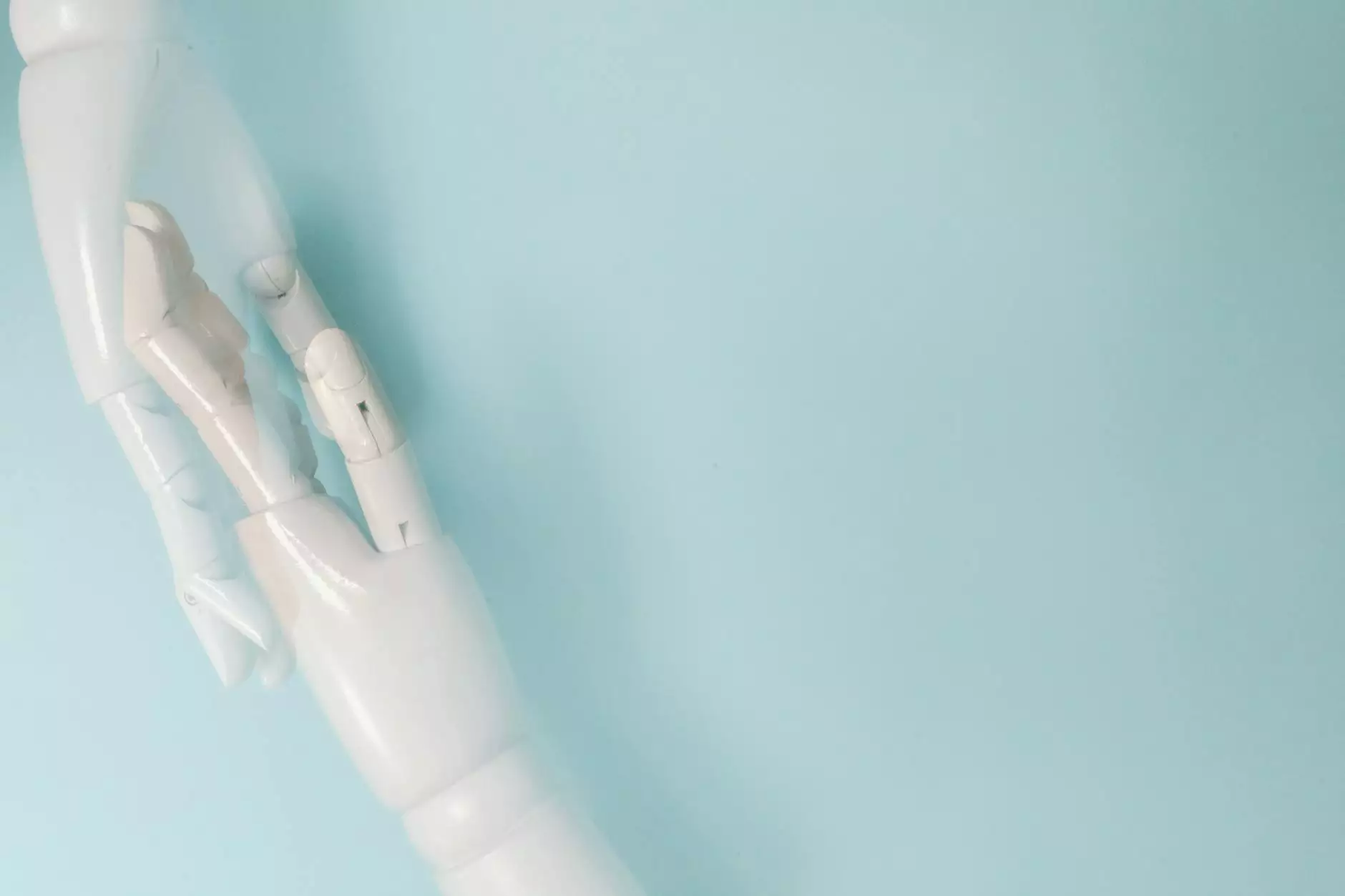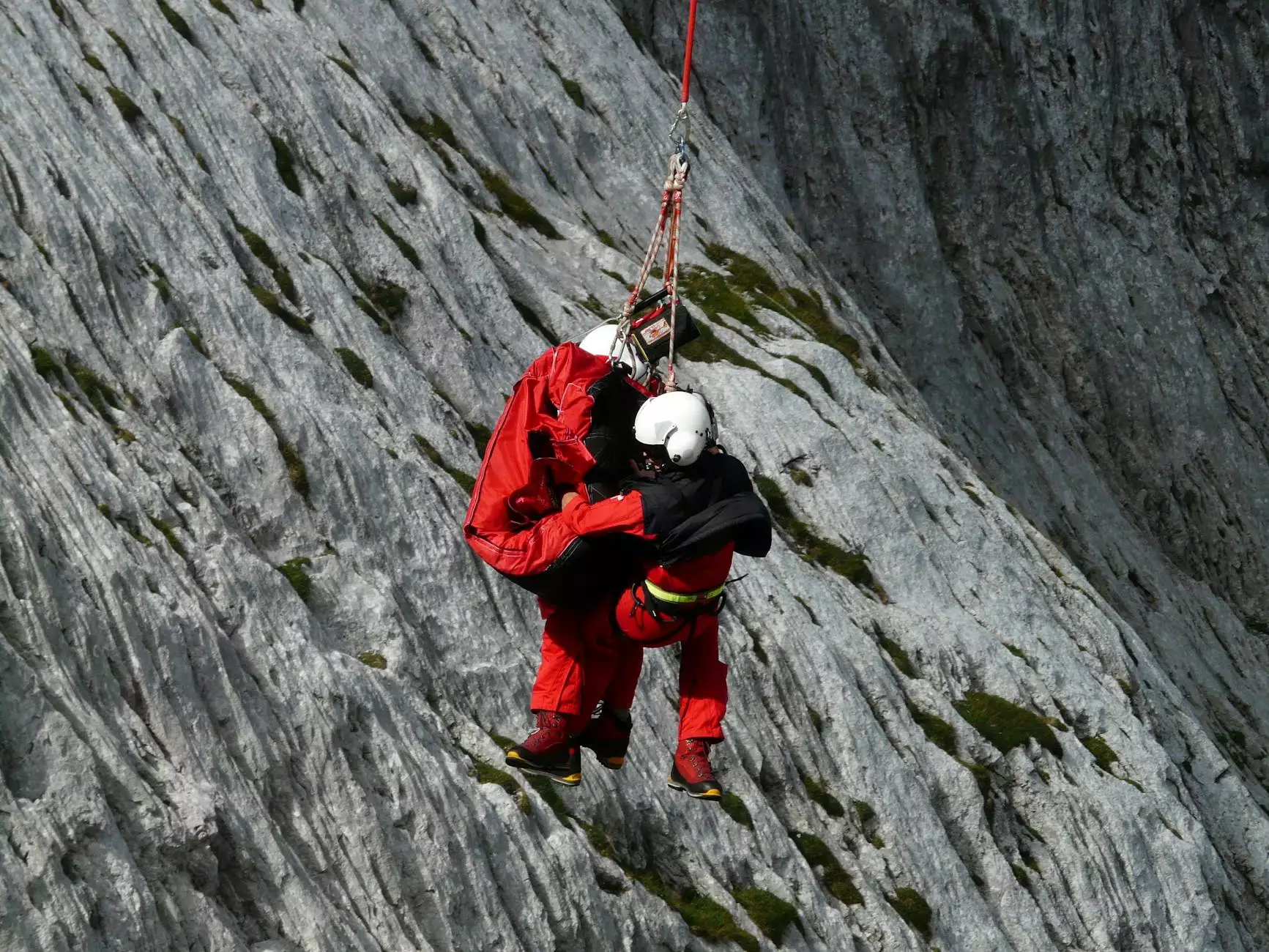Understanding Peroneal Nerve Injury and Foot Drop

The peroneal nerve, also known as the common fibular nerve, plays a crucial role in the movement and sensation of the lower leg and foot. Peroneal nerve injury can lead to a condition known as foot drop, where the affected individual experiences difficulty lifting the front part of the foot, causing a characteristic dragging or slapping gait.
Causes of Peroneal Nerve Injury
Peroneal nerve injuries can occur due to various factors, including:
- Trauma or injury to the knee or lower leg
- Prolonged compression of the nerve
- Fractures or dislocations around the fibular head
- Sports-related injuries
- Surgical complications
Symptoms of Peroneal Nerve Injury
The symptoms of peroneal nerve injury can vary depending on the severity of the damage. Common symptoms include:
- Weakened or paralyzed muscles in the lower leg and foot
- Numbness or tingling in the foot or toes
- Difficulty lifting the foot upwards
- An altered gait pattern
Treatment Options for Peroneal Nerve Injury and Foot Drop
Effective management of peroneal nerve injury and foot drop typically involves a combination of conservative and surgical interventions, such as:
- Physical therapy to improve muscle strength and range of motion
- Orthotic devices to support foot and ankle function
- Surgical procedures to address nerve compression or damage
- Medications for pain management and nerve health
Preventing Peroneal Nerve Injury
While some peroneal nerve injuries are unavoidable, there are steps individuals can take to reduce their risk, including:
- Wearing appropriate protective gear during sports activities
- Using proper lifting techniques to avoid leg injuries
- Maintaining a healthy weight and lifestyle to reduce nerve compression risks
- Seeking prompt medical attention for any leg or foot injuries
Exploring the Effects on the Peroneal Nerve Dermatome
The peroneal nerve dermatome refers to the area of skin supplied by the sensory branches of the peroneal nerve. Damage to this nerve can result in altered sensations, including tingling, numbness, or pain, in specific regions of the lower leg and foot. Understanding the dermatomal distribution of the peroneal nerve is essential for diagnosing and managing nerve injuries effectively.
Overall, peroneal nerve injury and foot drop can significantly impact an individual's mobility and quality of life. By recognizing the causes, symptoms, and treatment options for these conditions, individuals can take proactive steps to prevent and manage peroneal nerve injuries effectively.









